Building Resilience in Healthcare
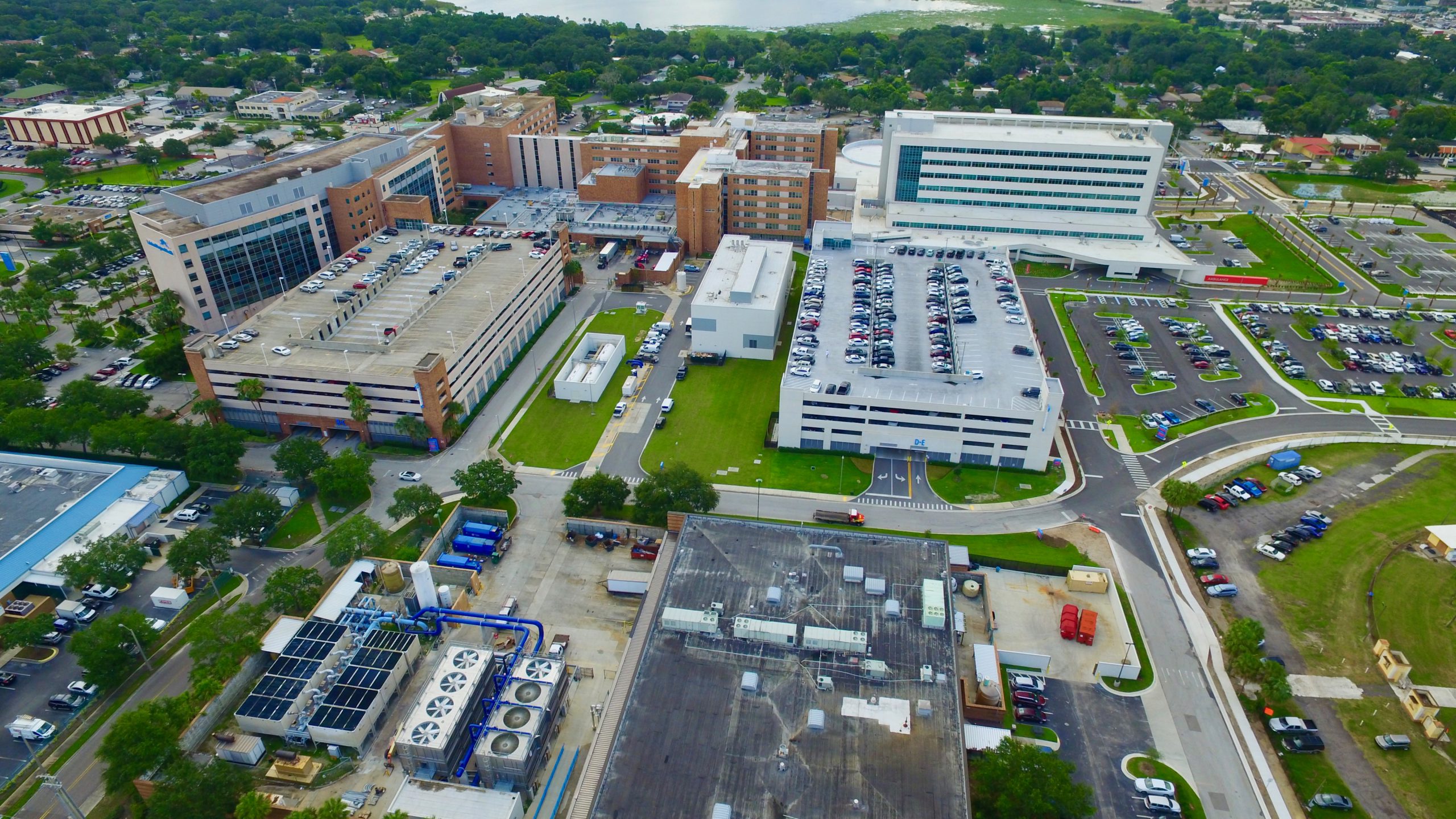
Keeping Hospitals Operational: System Reliability When It’s Needed Most Hospitals require uninterrupted patient care, including a 24/7 flow of power, fresh air and water even in the event of an emergency. TLC engineers and tests critical MEP systems to withstand system outages from nearly every type of disaster.
The latest in many disasters we have mitigated—Hurricane Irma in 2017—is an example of building resiliency that is built into the healthcare systems we design. Irma’s path covered the state of Florida with varying levels of community impact, such as floods, loss of power and damage to buildings. Before and after the hurricane, our project managers were proactive in working with hospitals’ facilities staff to confirm the systems designed by TLC were operating as intended. Healthcare facilities engineered by TLC stayed open with zero loss of power with some facilities running on emergency or backup generators for as long as two weeks.
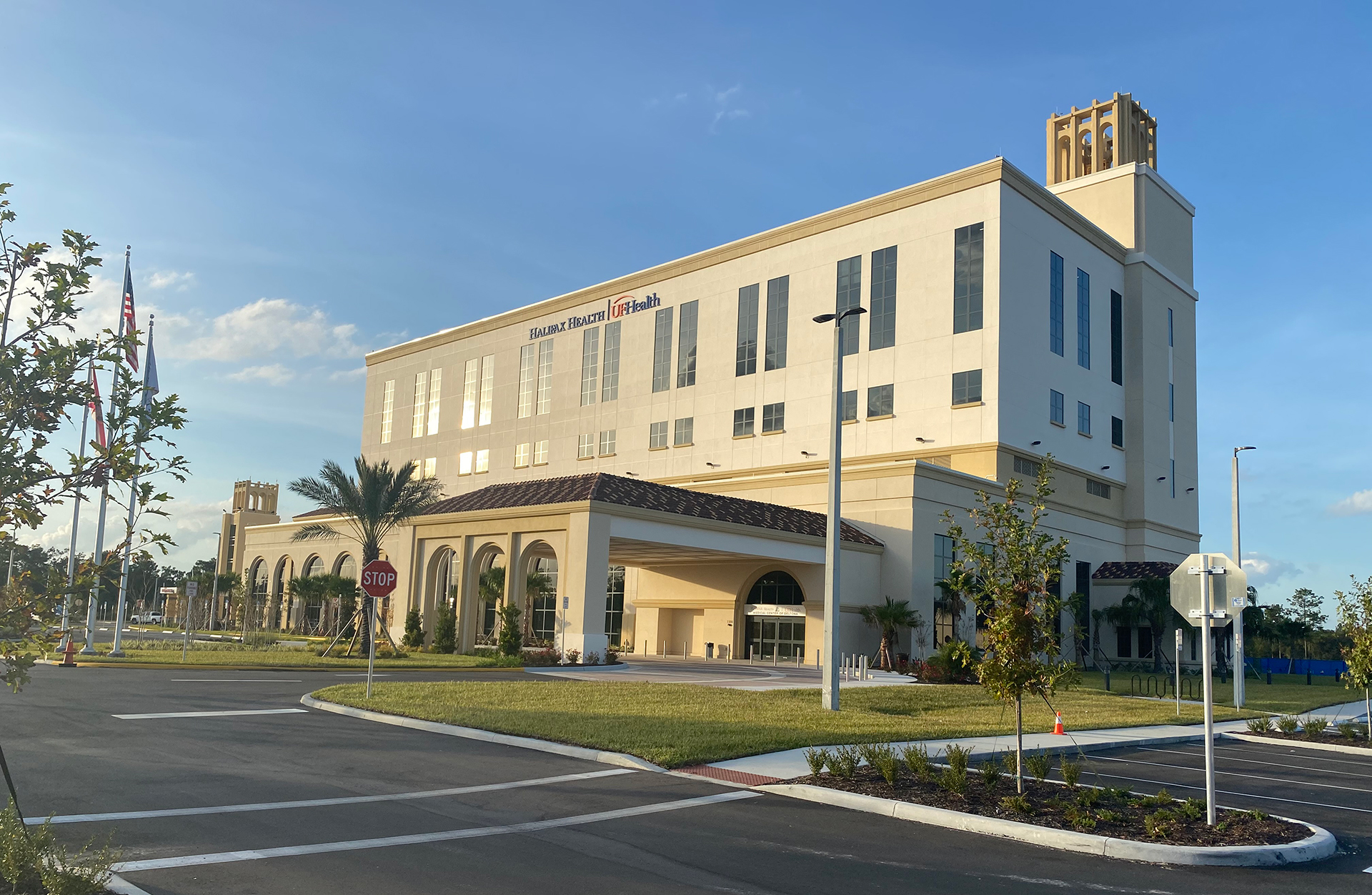
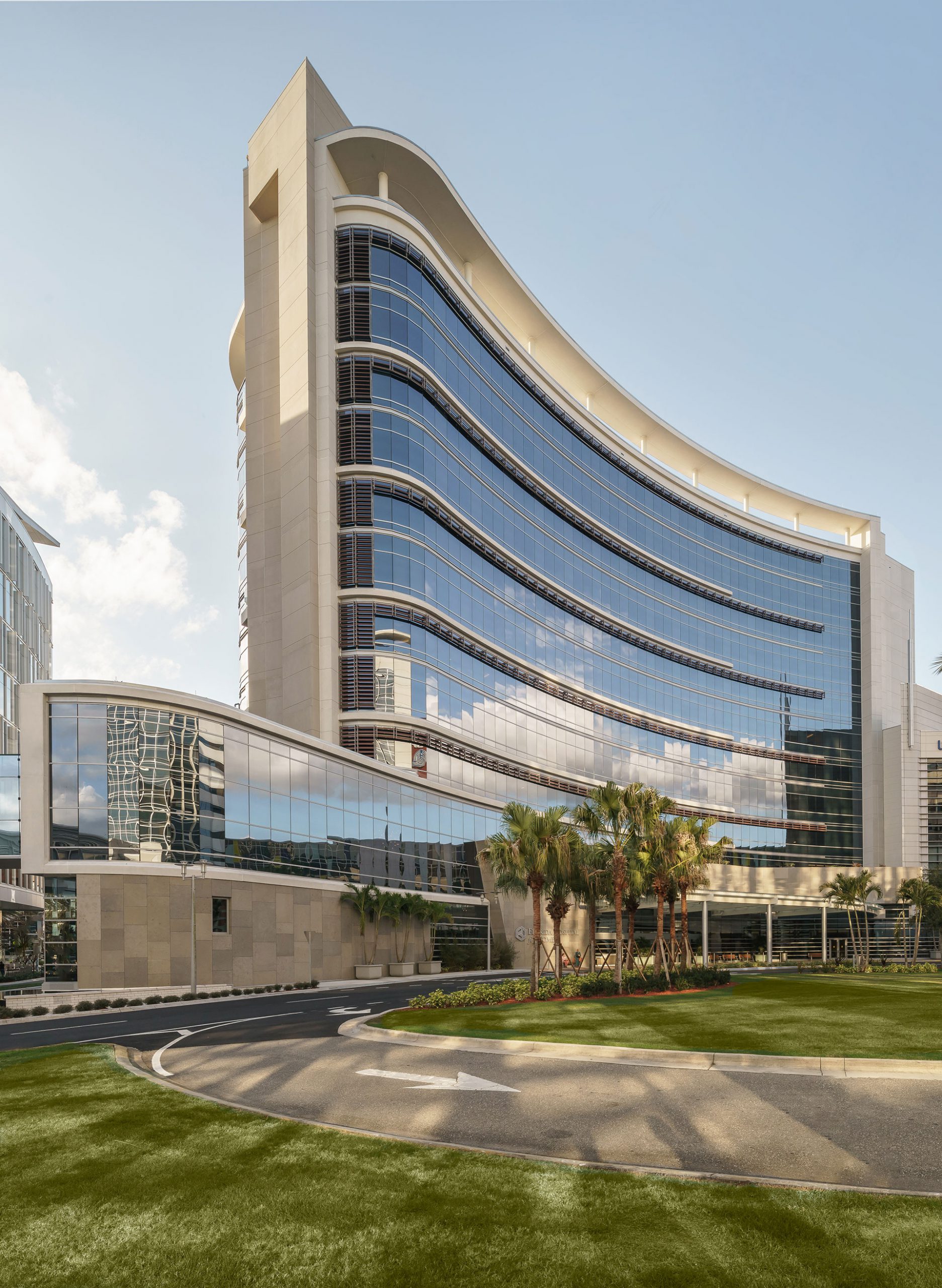
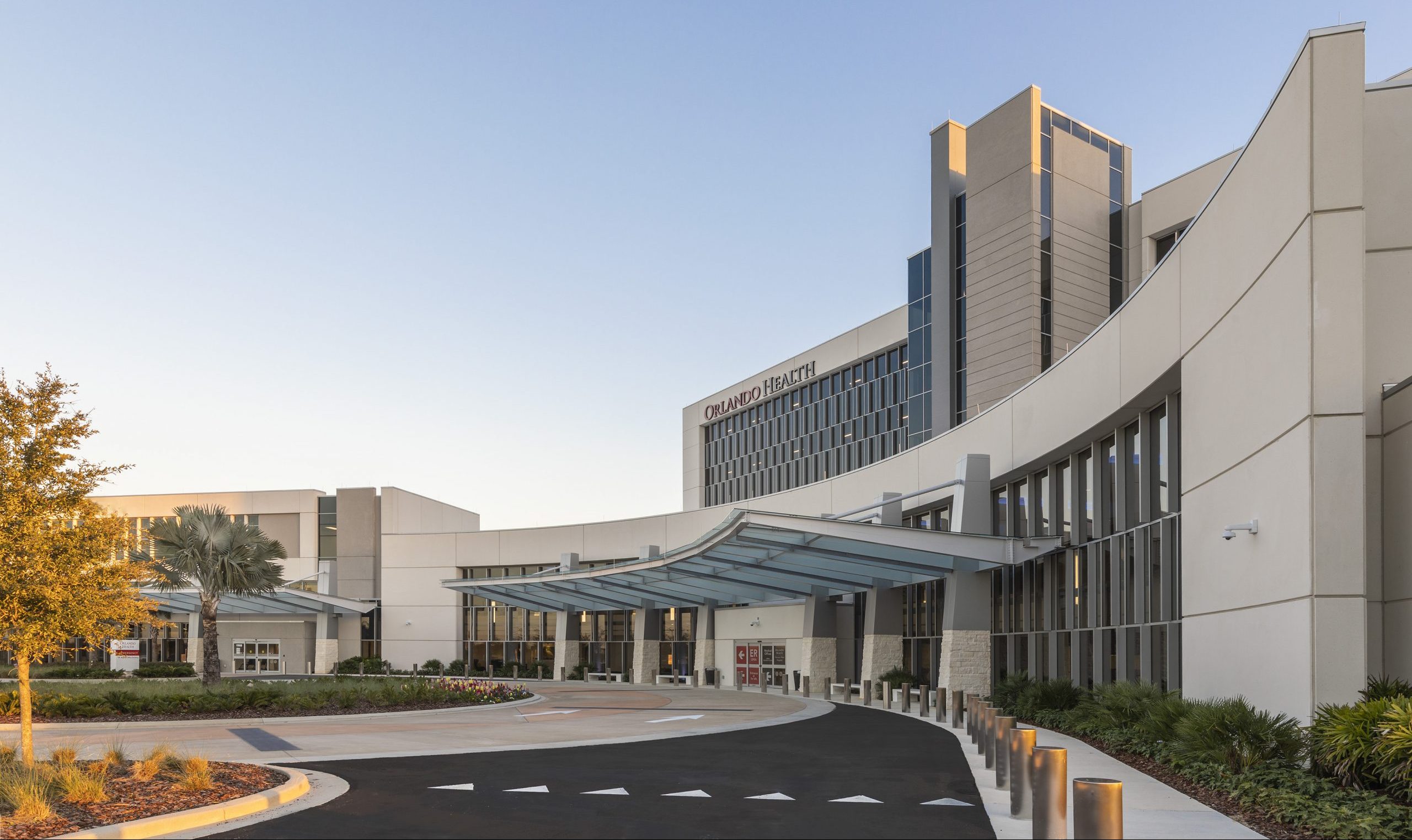
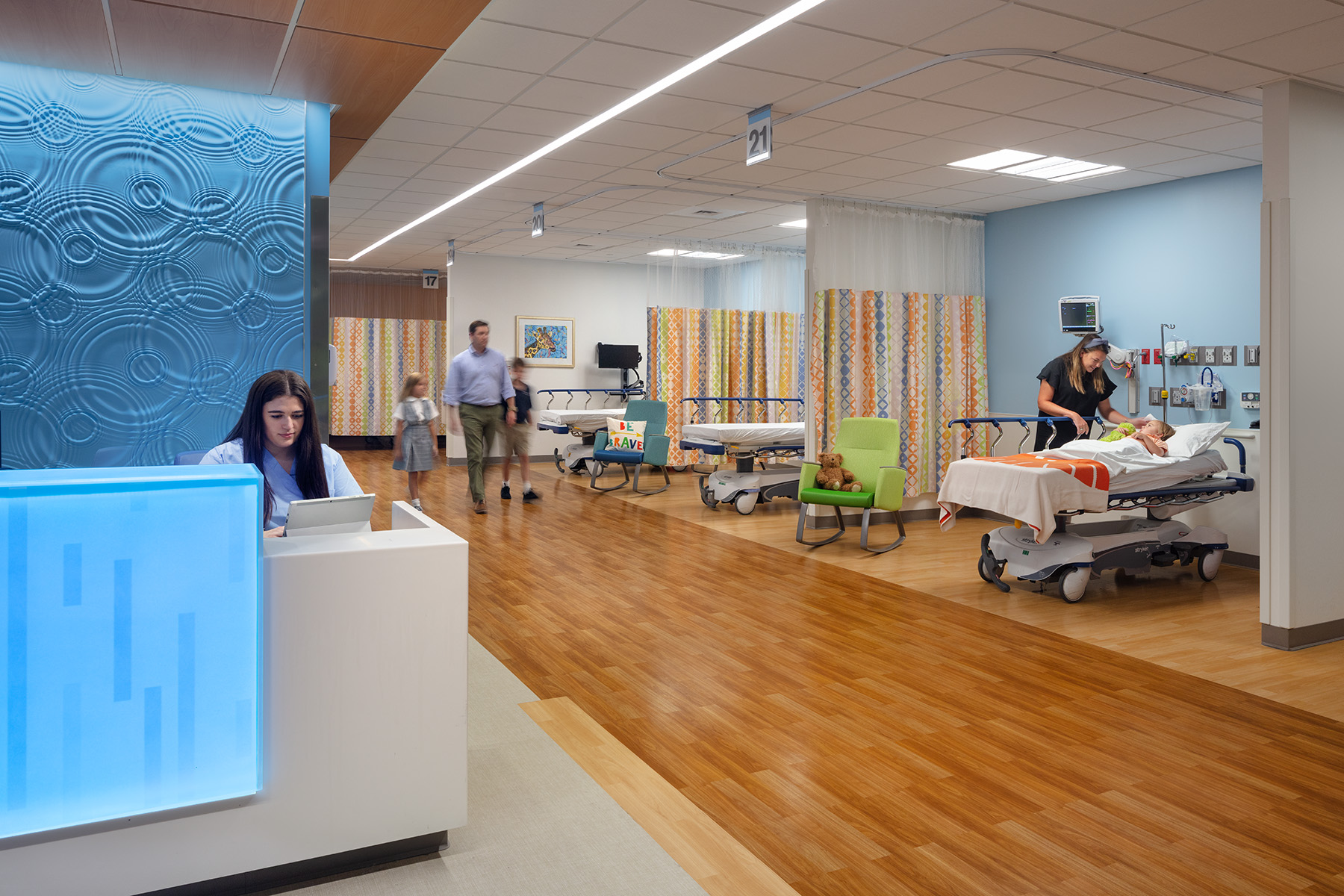
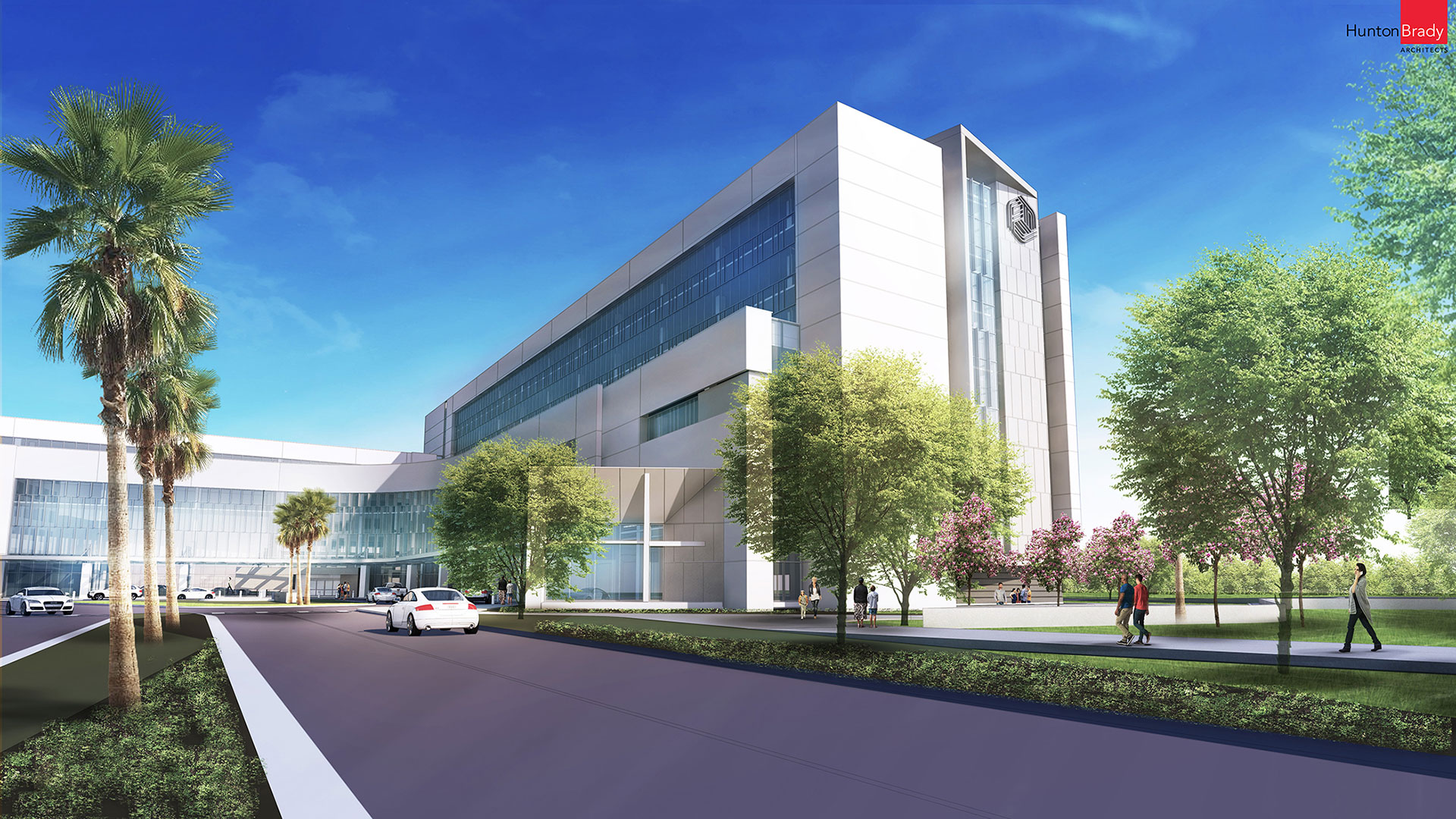
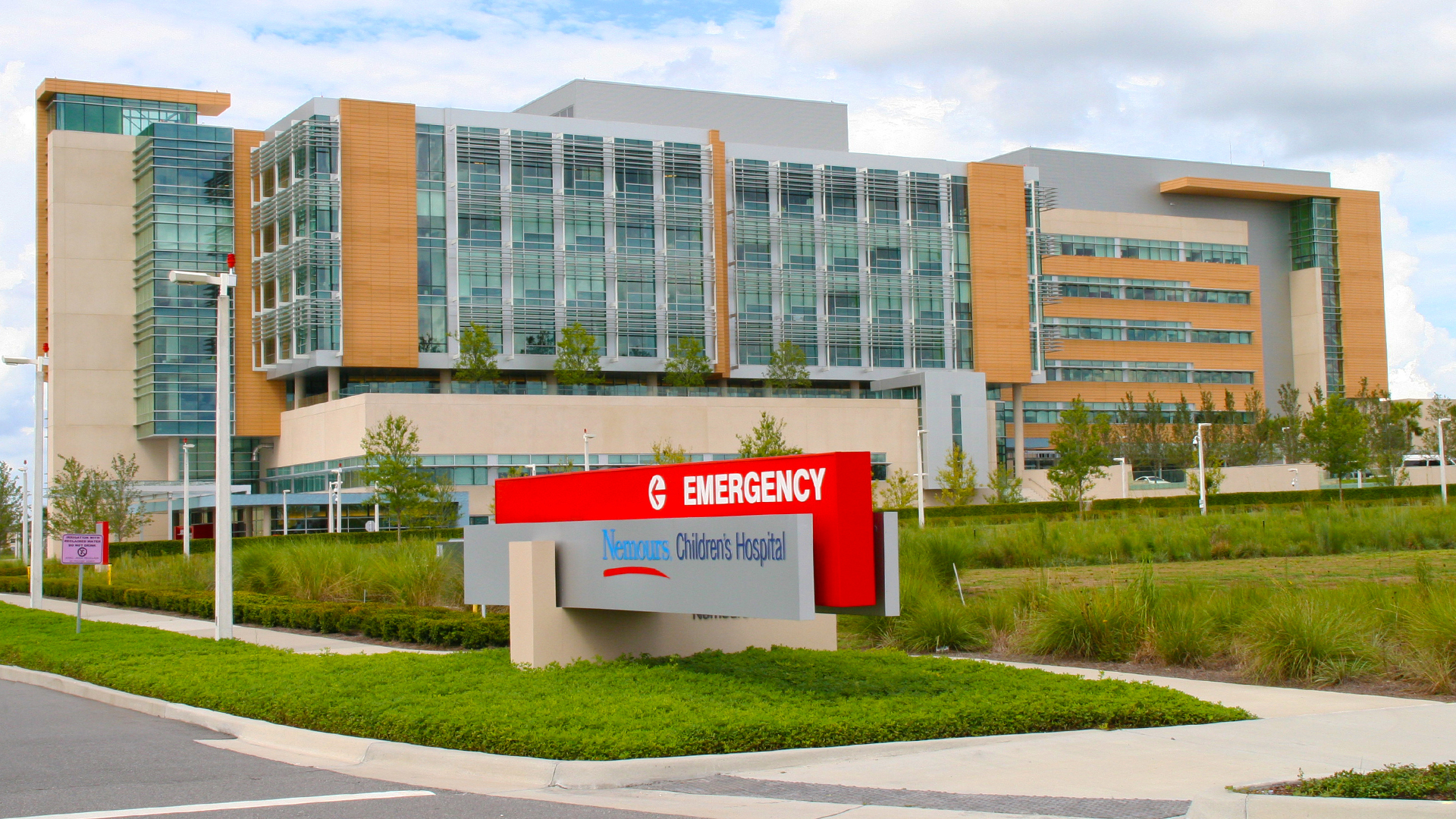
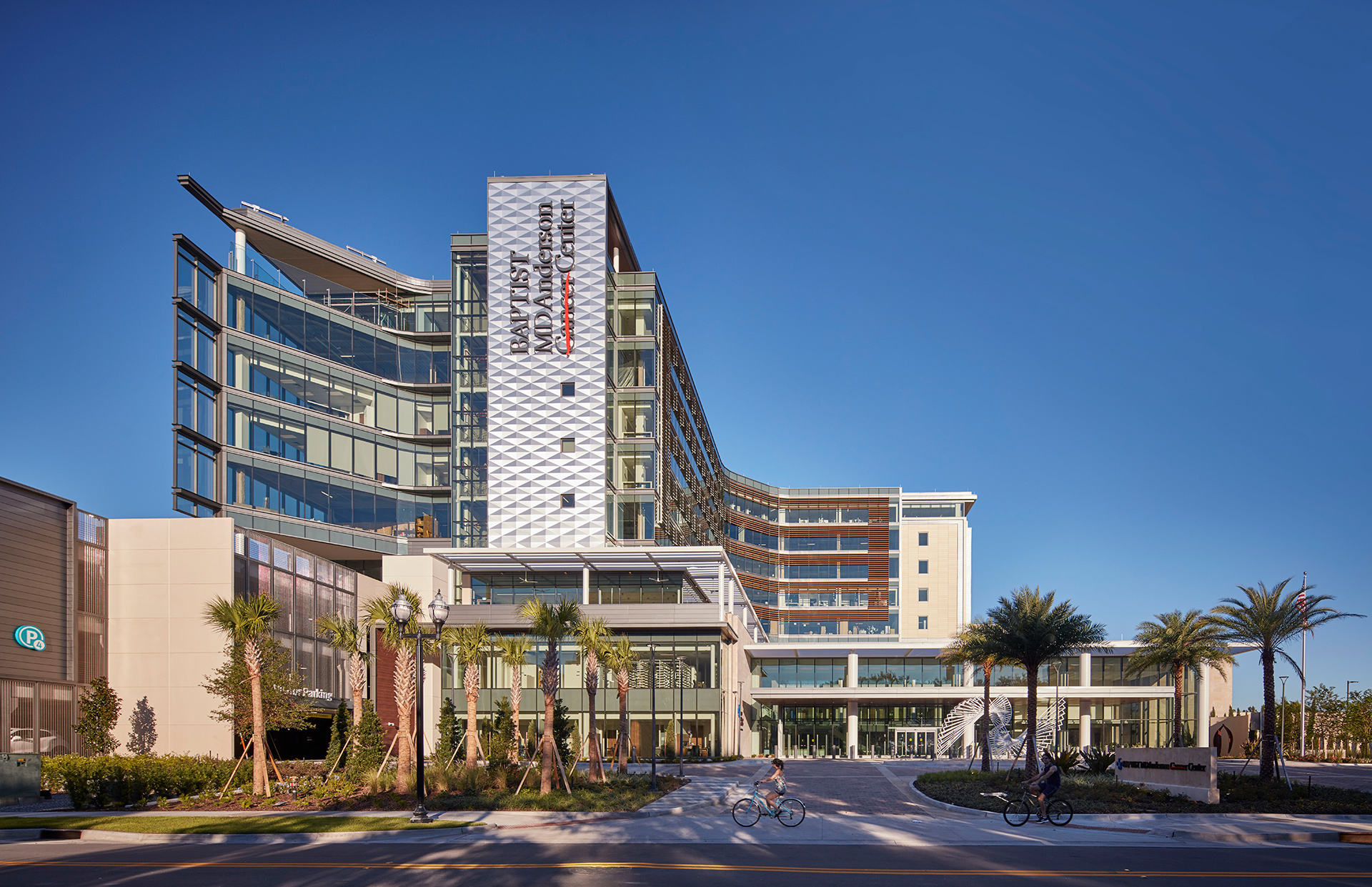
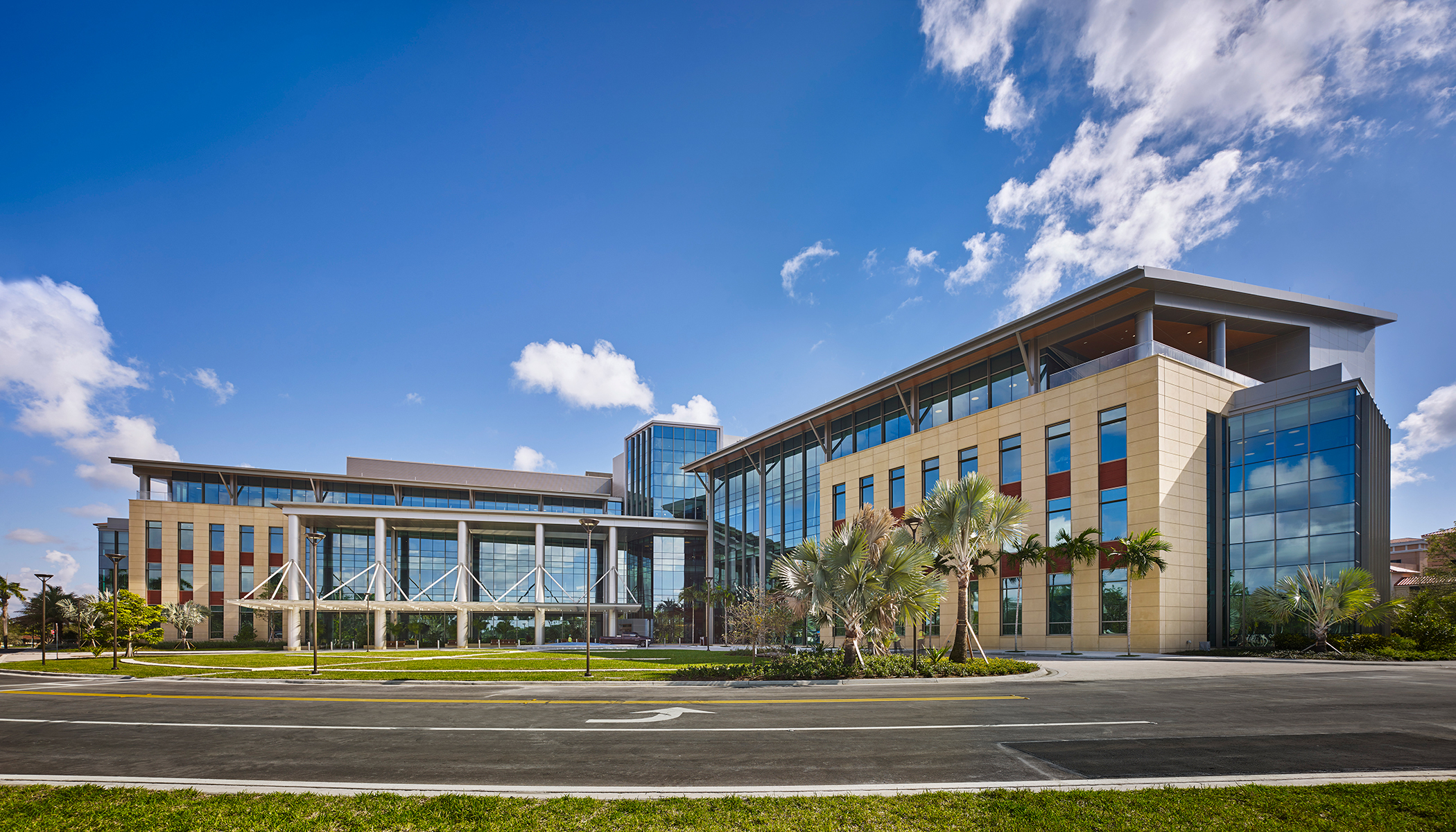
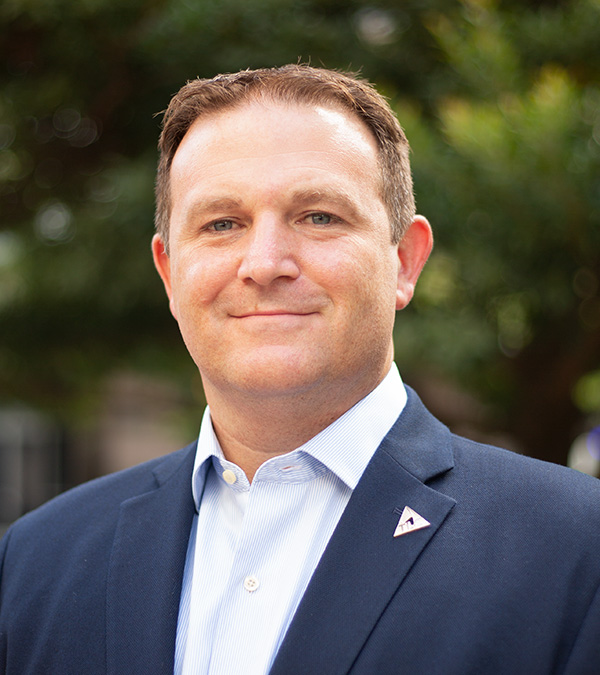
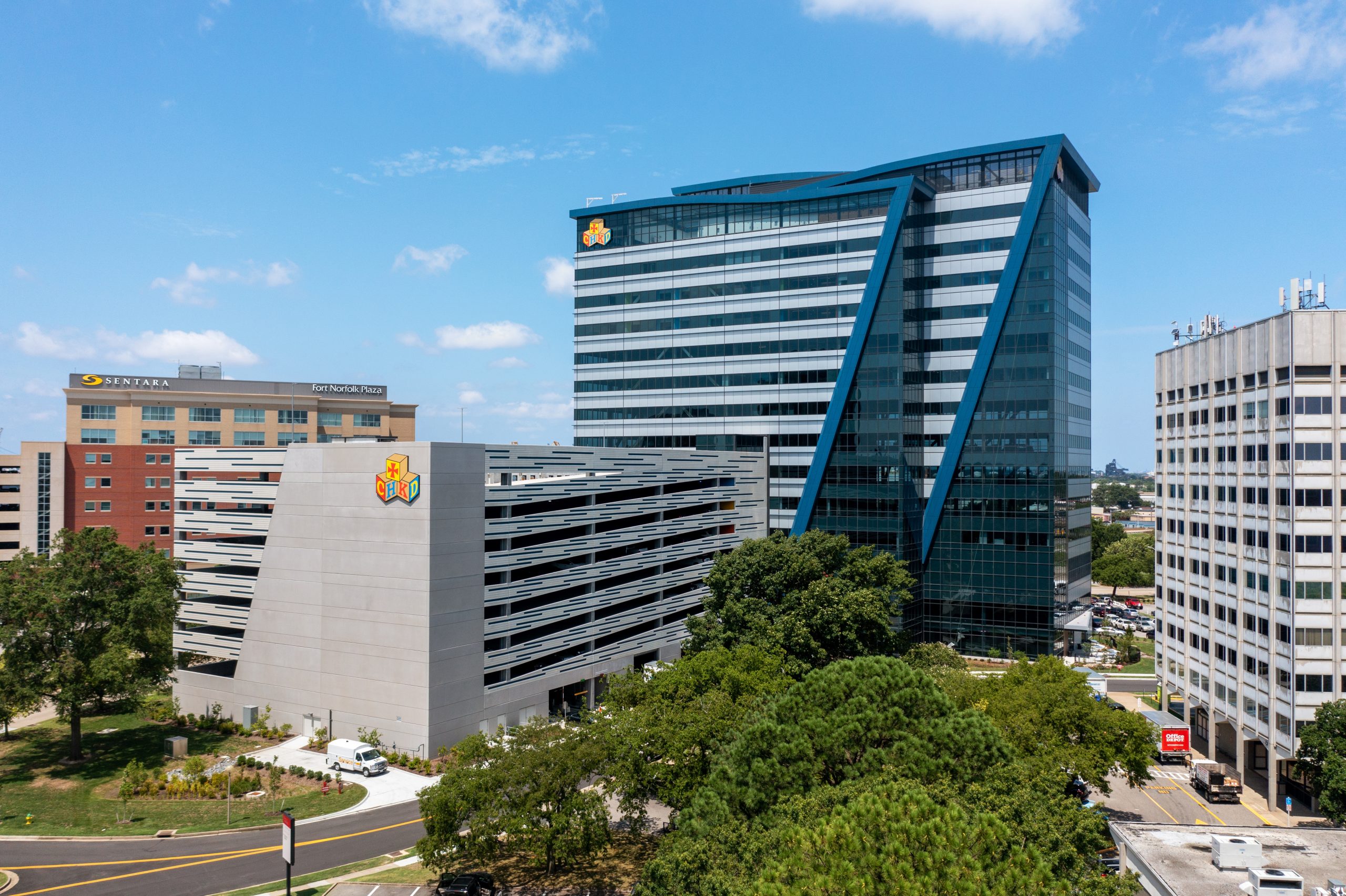 Behavioral Health Facilities
Behavioral Health Facilities
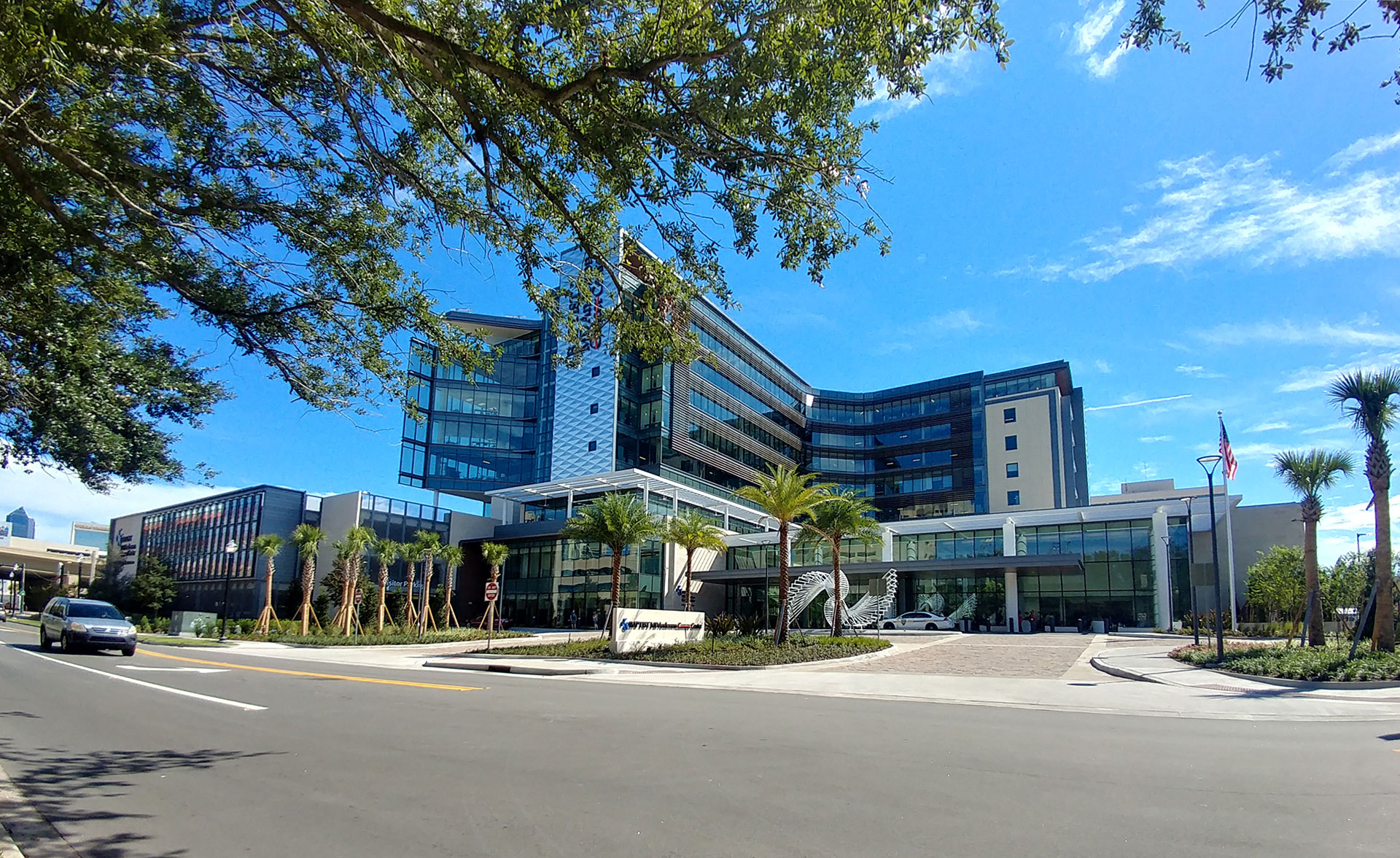 Cancer Centers
Cancer Centers
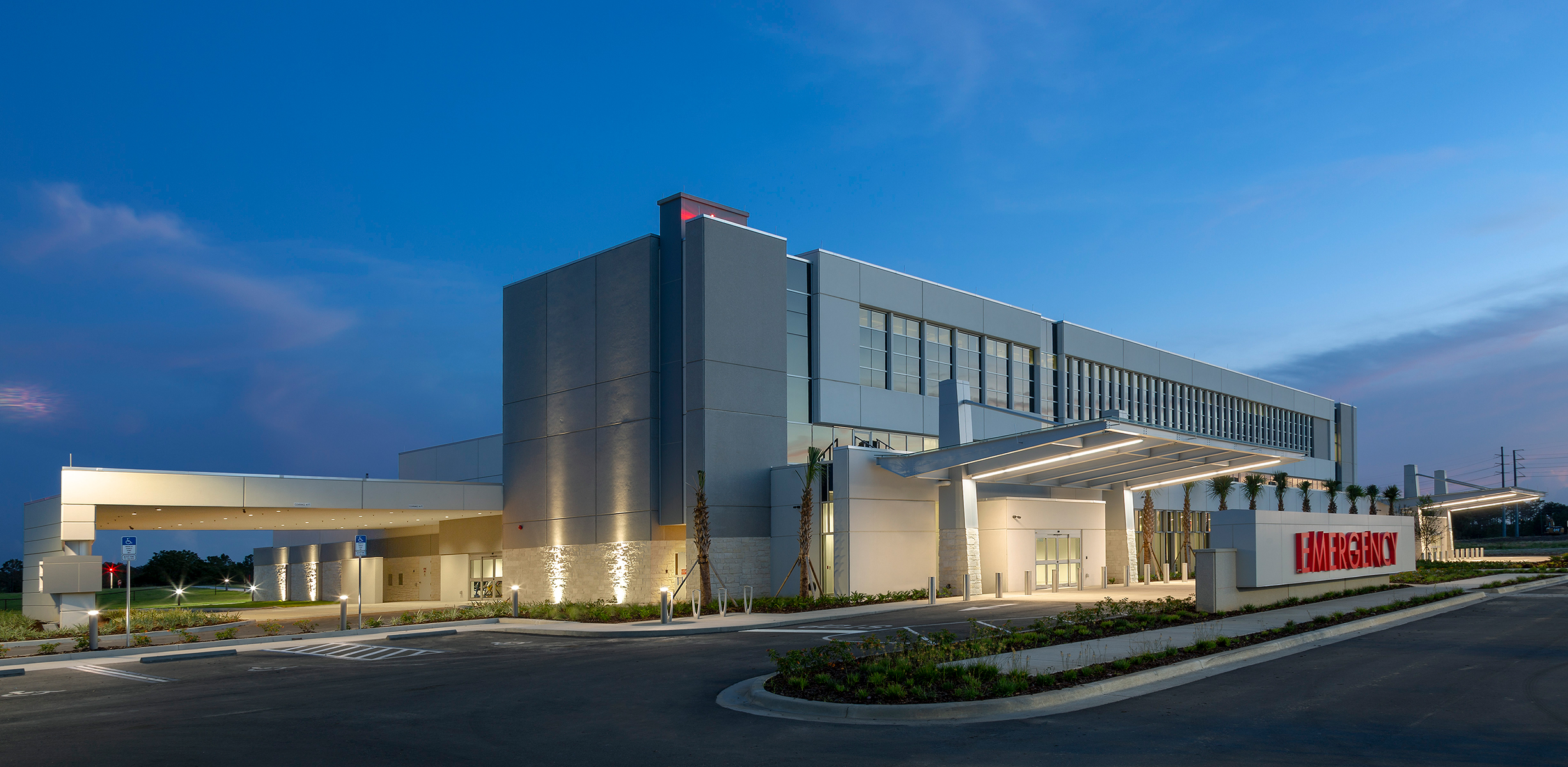 Freestanding Emergency Departments
Freestanding Emergency Departments
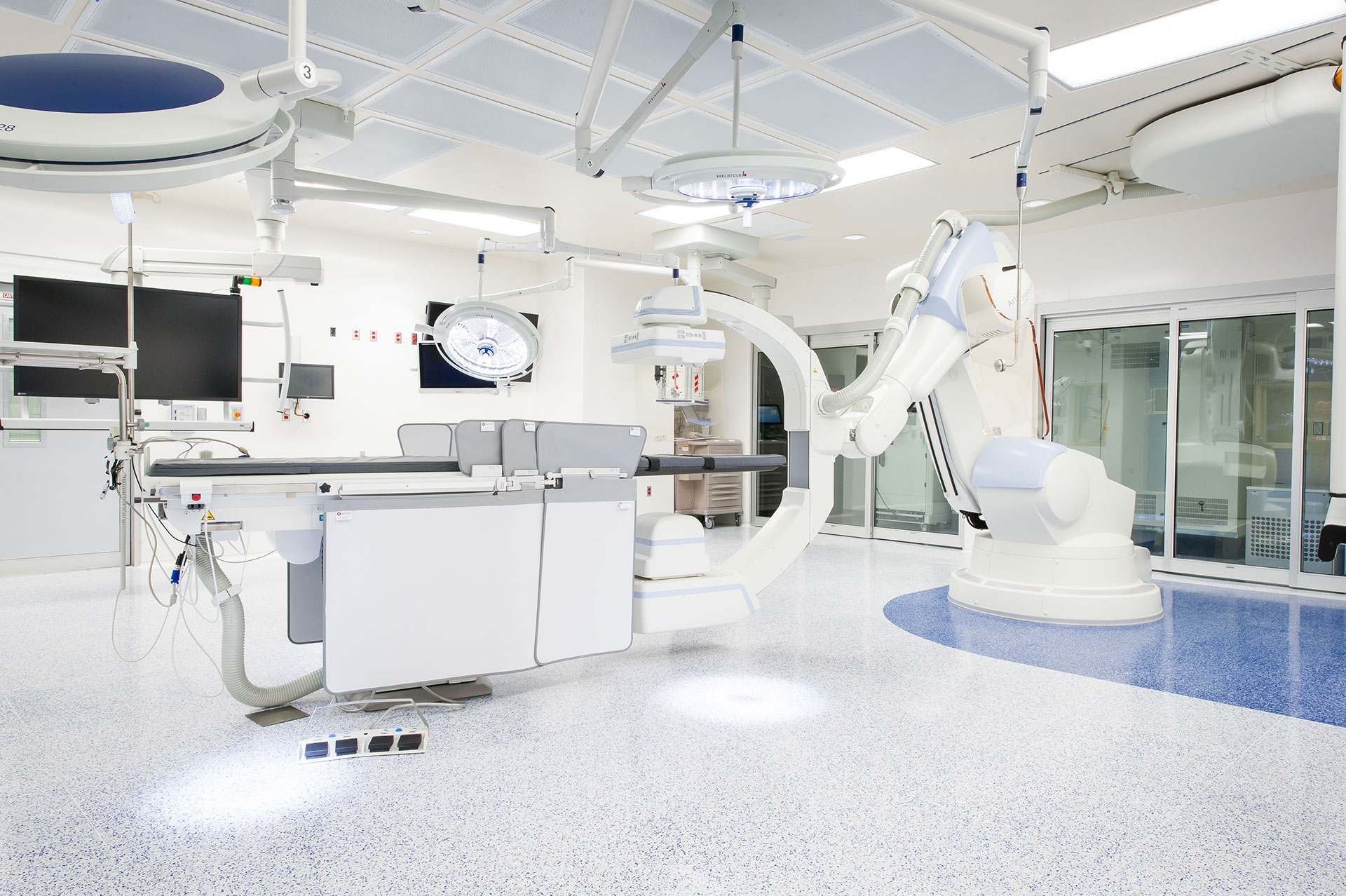 High Performance Healthcare
High Performance Healthcare
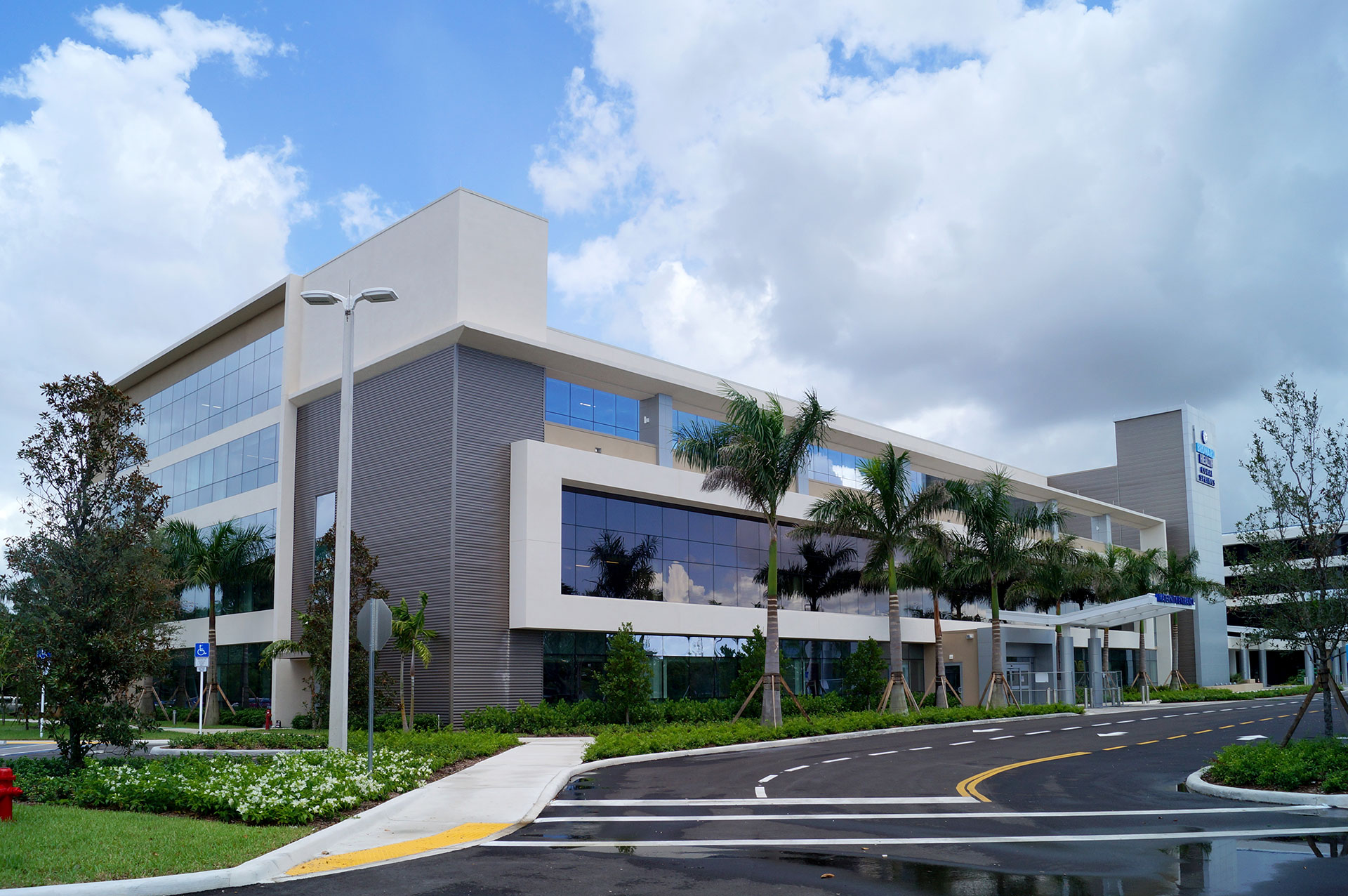 Hospitals / Inpatient Facilities
Hospitals / Inpatient Facilities
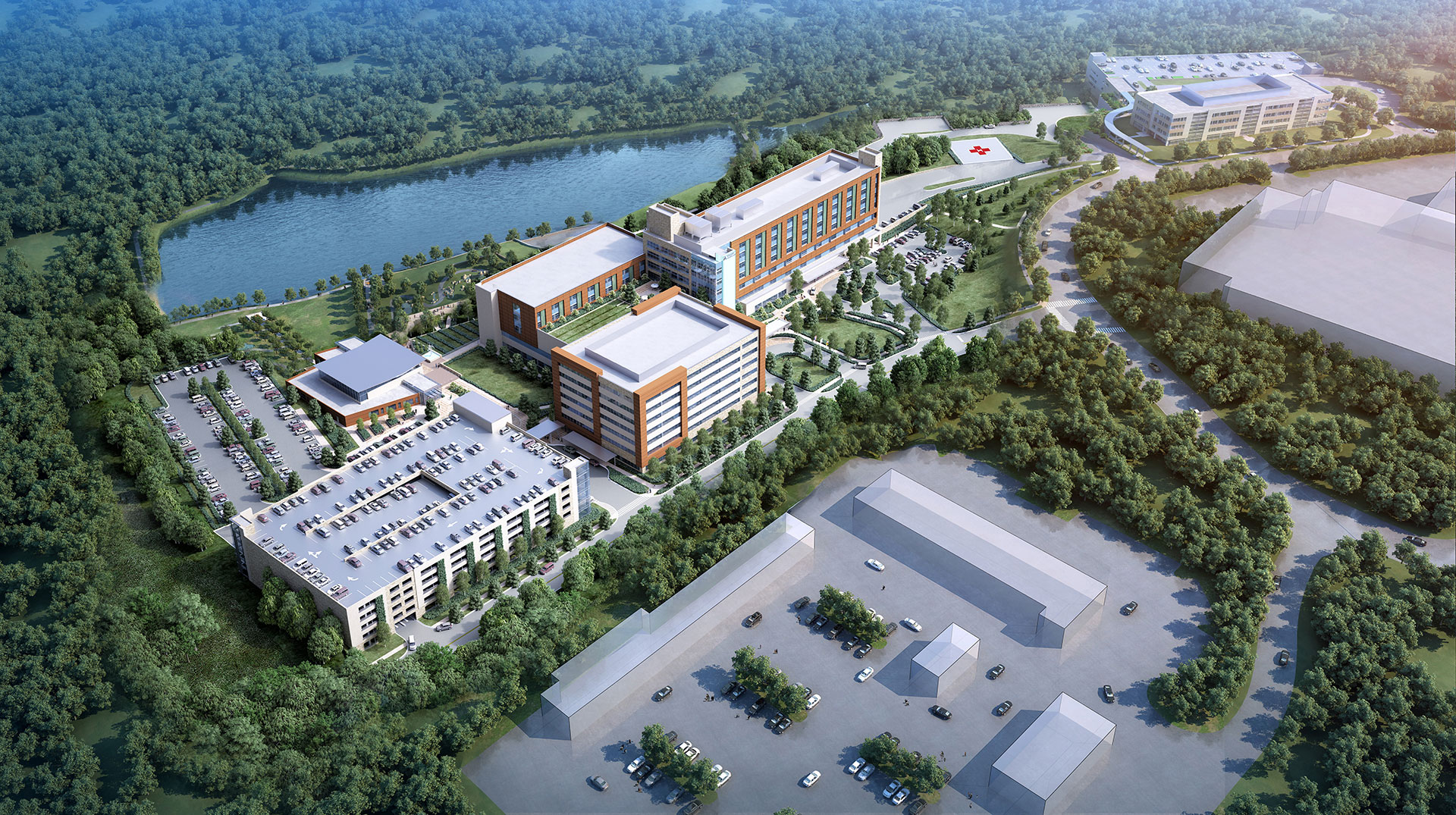 Infrastructure (CEP) / Master Planning for Hospitals
Infrastructure (CEP) / Master Planning for Hospitals
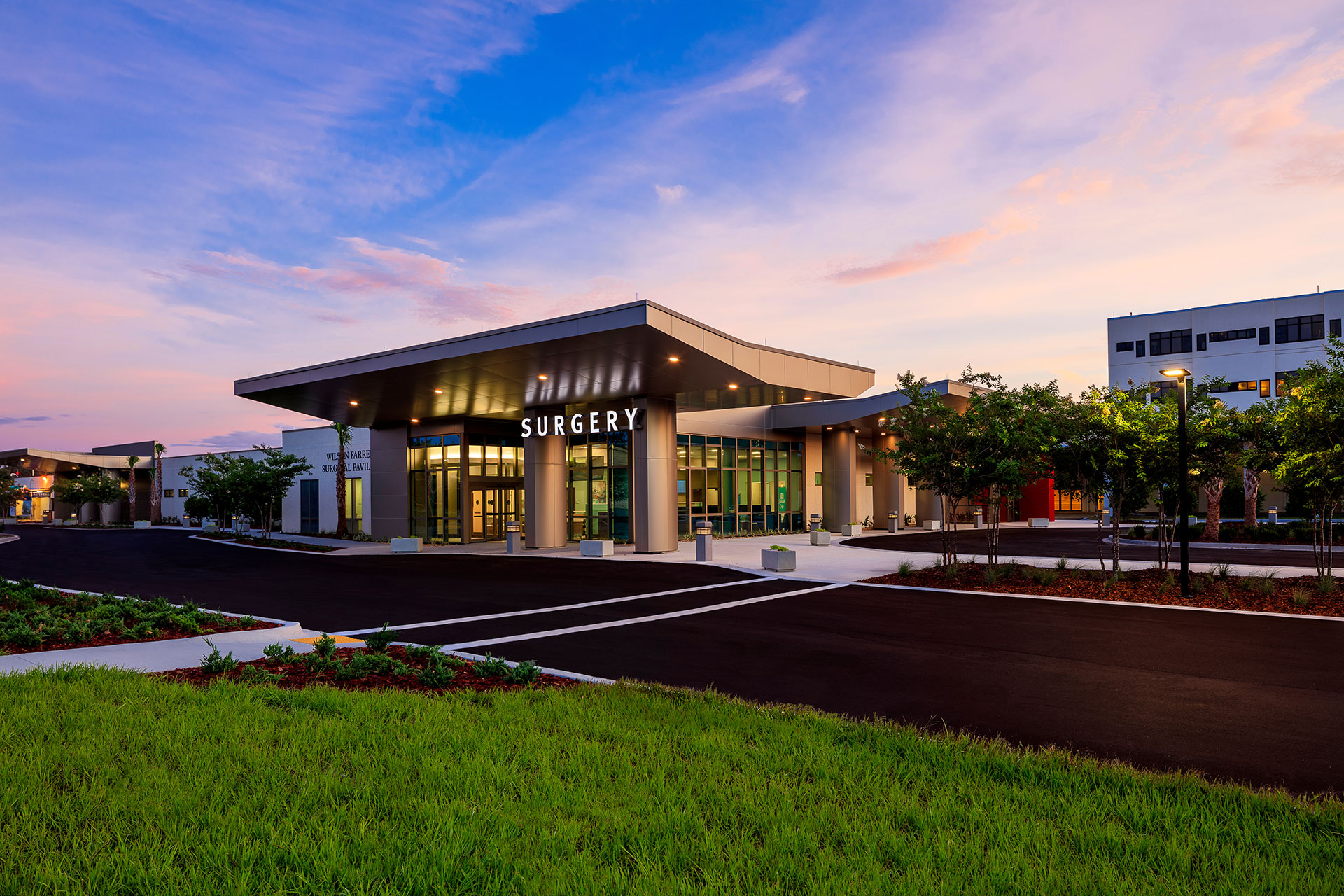 Outpatient Care
Outpatient Care
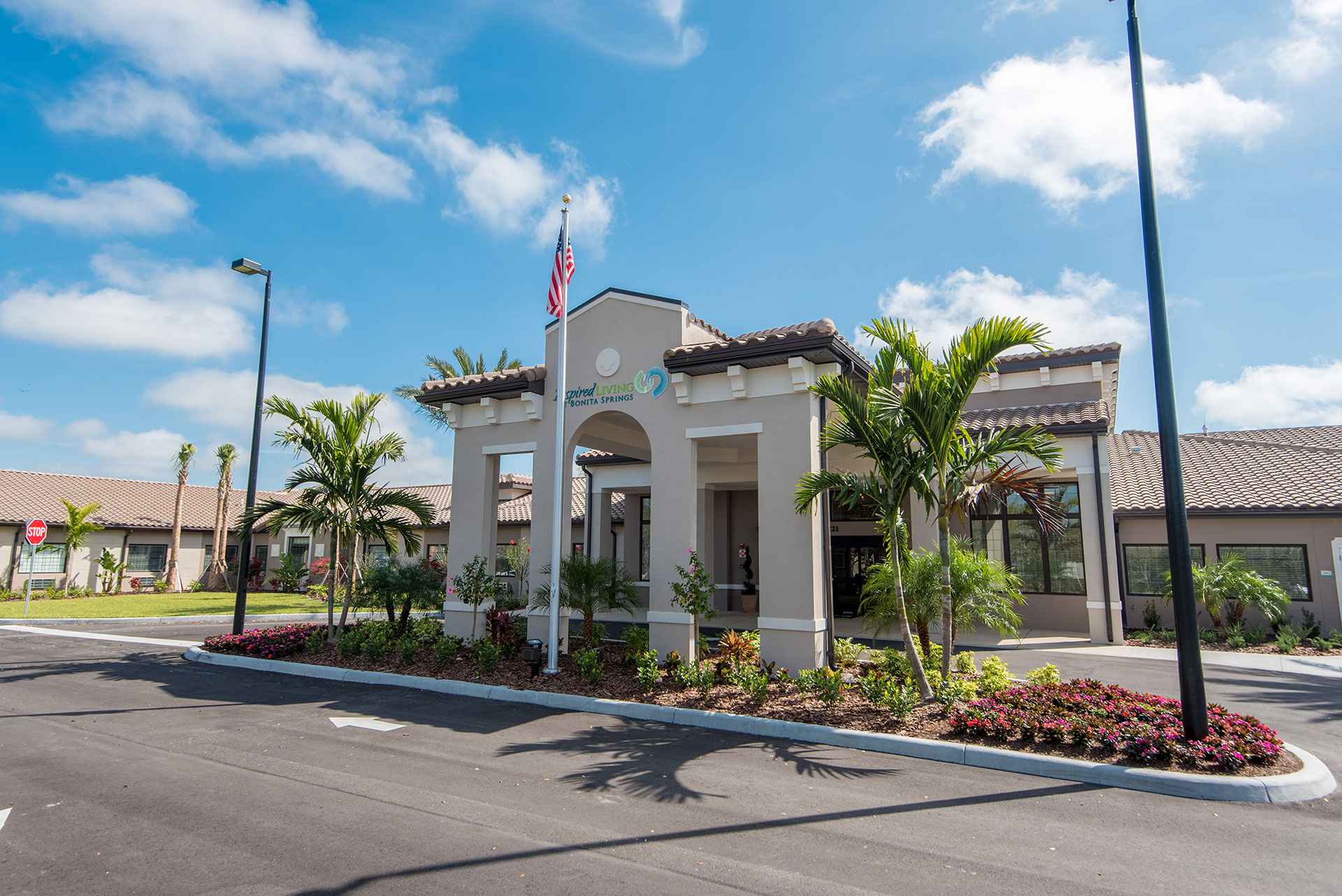 Senior Living
Senior Living
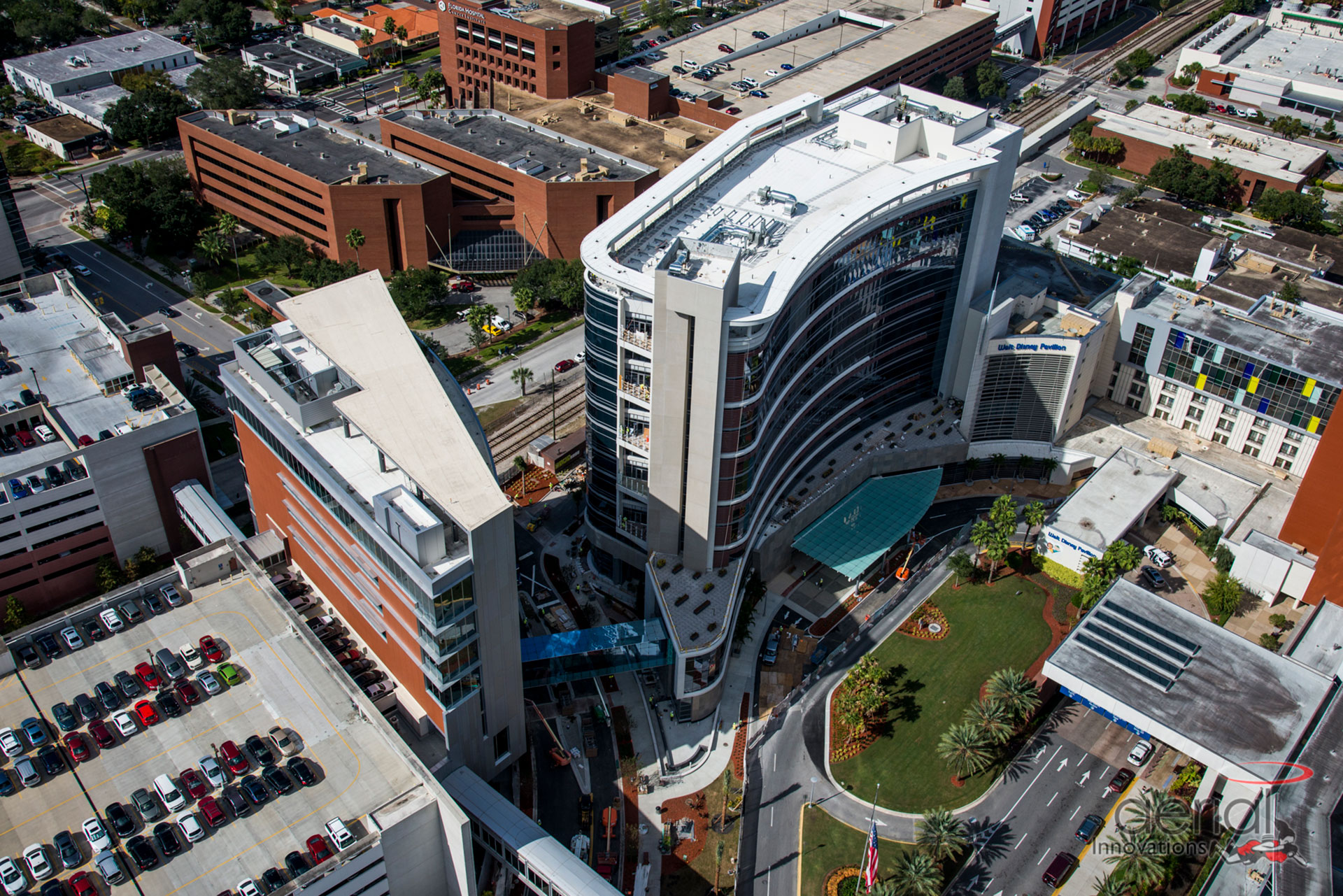 Women’s / Children’s Hospitals
Women’s / Children’s Hospitals